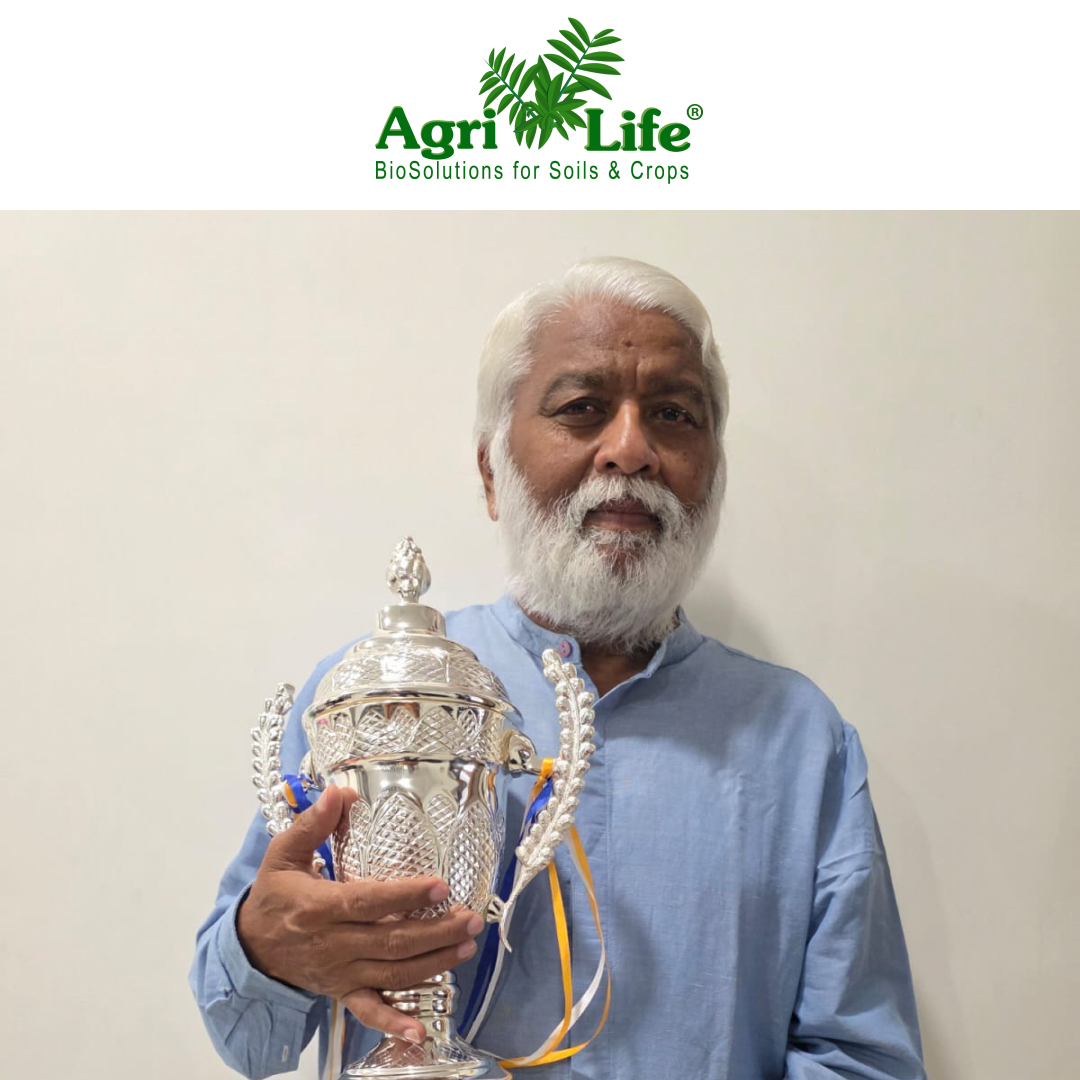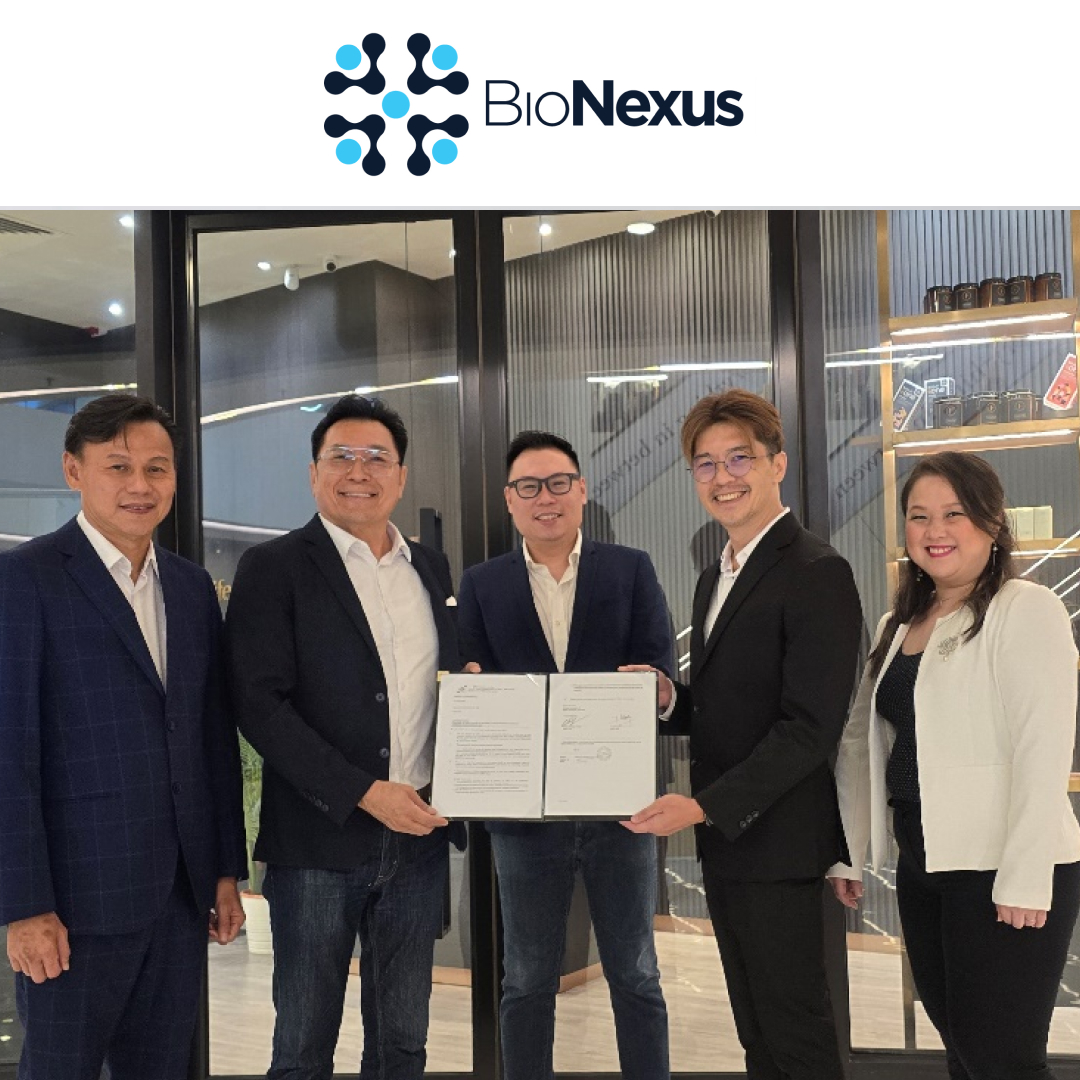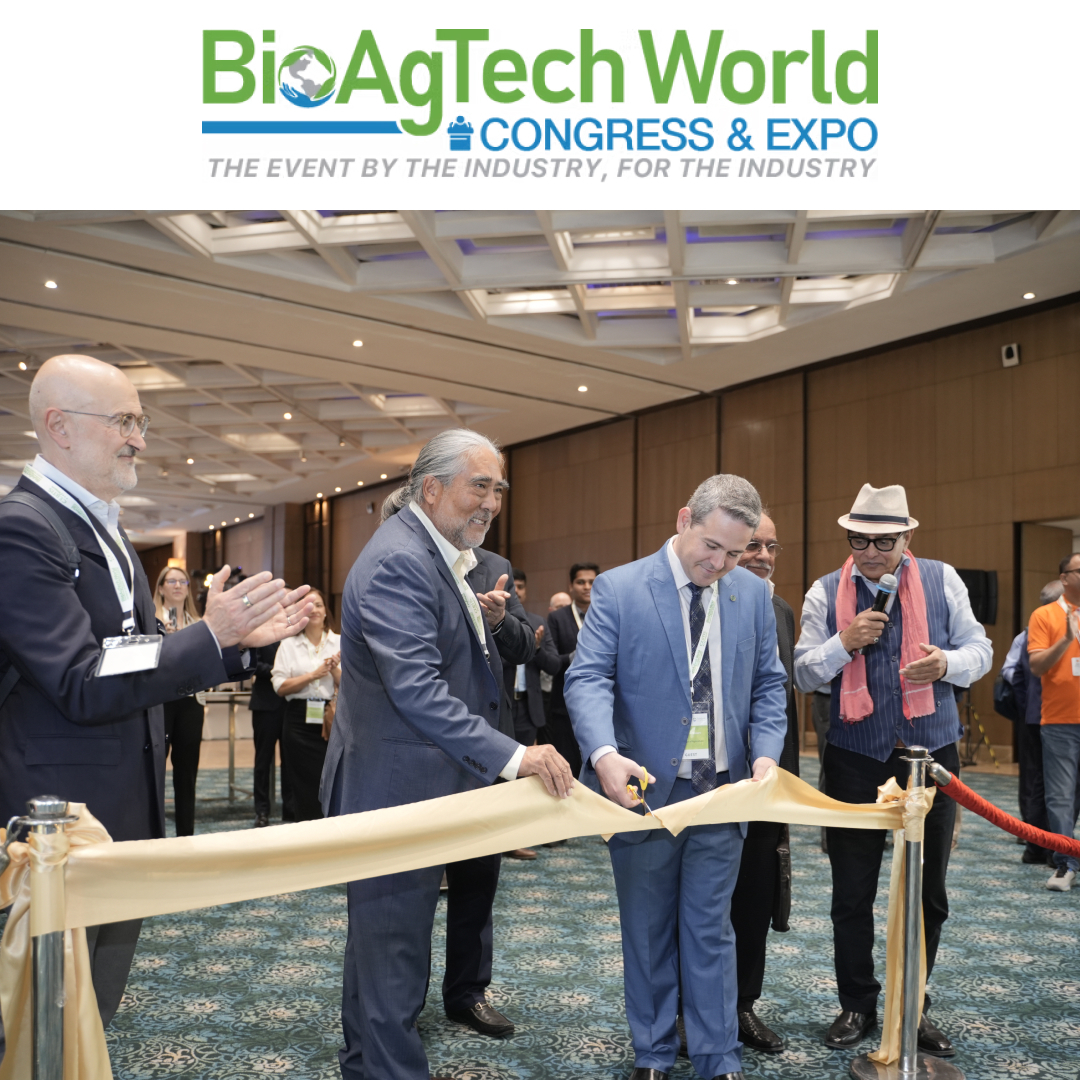
We are almost at the end of the summer break in the north hemisphere and entering “La rentrée”, the French word used to describe the return to work and schools in September after the summer break. Because regulatory policy’s activities entered the dormant state during the summer, this is a good time to reflect on certain core topics that have been around for a while and need a little push.
For this month, I would like to share some thoughts from the beach on sustainable agriculture and the slow pace of its implementation.
Sustainable agriculture aims to meet society’s current food needs without compromising the ability of future generations to meet those same needs.
It is built on three pillars: a healthy environment, economic profitability, and social and economic
equity for the next generations. To achieve this, a transition of our current food production systems is essential.
THE FOOD SECURITY ARGUMENT
The transition to sustainable agricultural systems is vital
to ensure food security, given climate change, population
growth, and resource depletion. Sustainable practices enhance resilience by promoting crop diversity, improving soil health, and water conservation and management. Methods such as crop rotation, agroforestry, conservation tillage, soil
nutrients management, and use of biocontrol in IPM programs, will ensure food production systems meet the demand while minimizing negative environmental impacts that put such systems at risk. It all seems so obvious, often we do not understand why ittakes so long for policy changes to be implemented beyond political speeches. I have been exploring some counterarguments that have been put forward to delay the transition into more sustainable practices in agriculture. A good example that I came across recently was the departing EU Agriculture Commissioner’s controversial, and unsolicited, opinion on food security to protect agricultural activities. Some of the key arguments brought forward by the exiting Commissioner .I believe are good starting points for a conversation on agriculture transition.
THE EITHER-OR ARGUMENT
Either we preserve biodiversity and soil health, or we produce food at affordable prices. Science does not support such a dichotomy; food production systems require healthy soil and a functional ecosystem to maintain agricultural productivity in
the long term. Surely, we can increase short-term productivity by maximizing crop yield for a few seasons and making it more profitable in the short term (at the price of rendering it useless in the long run). Favoring the short term will result in soil nutrient depletion and reduced production capacity in the long term. Productive agricultural land will be reduced due to the increasing areas of unproductive soils. It is just a question of the timeframe to assess the food security question. Ecosystem(s) preservation is key for food security, they are the safeguard of agriculture productivity.
THE COSTS OF THE TRANSITION ARGUMENT
It is too expensive to finance the transition to more sustainable agriculture practices. Another argument frequently used is built on the short-term vision of investment strategies when calculating the initial investment and its potential returns. Here there are two important aspects to
consider: the initial investment and the stake to be placed into the government’s annual budget; the second aspect is how we calculate the return on this investment to preserve agricultural productivity.
Let us think about it similarly to the big infrastructure projects, which also require a considerable amount of taxpayer investment upfront to later deliver economic growth once the infrastructure is up and running. The same principle should apply to investments targeting the agriculture transition to guarantee future economic sustainability and food security for the next generations. Depending on the area of the globe you live in, the agriculture policy and financing mechanism might differ. I would explore the EU one as I know it best to illustrate
that this is not a question of the money available in the pot but how such taxpayer contributions are being allocated. The infamous EU Common Agriculture Policy (CAP) is the most contentious topic during the EU budget discussions, not least because of the amount of money involved and its allocation. It takes months of discussions and redrafting until agreements
are reached on CAP funds allocation. In all financing mechanisms to support European agriculture, including direct and
indirect subsidies and rural development funds, the EU allocates about 30% of its entire annual budget to agriculture which accounts for around 55 billion Euros being available to support agriculture. The way these funds are allocated has
been a matter of discussion, particularly the polarization between the block supporting the “keeping the current policies” and the other supporting a transition by rewarding farmers operating such a transition. The piece missing from this discussion is how we calculate the return on investment and measure the economic return. Measuring tools to assess the economic impact of
agriculture production on the ecosystem and the continuous productivity of agriculture soils must be included in the
equation, in a pluriannual timeframe, to make the ROI calculation possible. Just considering annual crop yields is no
longer appropriate. The indicators used must be fine-tuned considering the social contract with the next generation and
their right to food security.
FOOD WILL GET MORE EXPENSIVE
Increased food cost is another argument being used to keep the status quo. Any transition has costs and requires
an initial investment to move from A to B, as well as legislative initiatives to allow business operators to adapt and thrive. It is crucial to put in place a legislative mechanism to support the transition and reward the farmers moving towards sustainable agriculture or BioAg while creating mechanisms to stimulate competition in the inputs market, such as a definition of Biocontrol in the legislation. More products in the market will mean lower prices for farmers due to more competition.
IT IS ALL WORKING WELL, SO, WHY CHANGE?
Why we should change a (perceived) working system is another argument that needs rebuttal. Agriculture land is
scarce thus ensuring that the fields remain healthy must be a key milestone for governments across the globe. How can we protect our fields and keep them productive in the long run? Local indicators need to be developed to measure the positive impact of change being implemented. Measuring and assigning financial value to ecosystem services and biodiversity preservation is complex but surely possible if such an assessment is extended to a 5-10 year timeframe. The negative impact of no action should also enter the equation, by looking at “remediation” measures such as the expansion of agricultural land into forestry land for example. The costs associated with the expansion of agricultural land, caused by the reduced productivity of existing land, would need to be included in the impact assessment
of the transition costs. The preservation of biodiversity is crucial for agriculture, as diverse ecosystems provide essential services, including pollination, pest control, and nutrient cycling. Biodiversity also ensures the genetic diversity of crops, which is necessary for food security in the face of pests, diseases, and climate change. By incorporating biocontrol into farming practices,
farmers can naturally manage pest populations while maintaining soil health, preserving the ecosystem, and reducing
the impact on waterways.
CONCLUSION
The transition to sustainable agriculture requires a holistic approach that balances food production with ecological conservation. Biocontrol products support biodiversity by maintaining the natural balance of ecosystems which is essential forong-term agricultural productivity and resilience of food production systems. By protecting ecosystem borders, and incorporating biocontrol methods, food systems can become more productive and capable of securing food for the future. Sustainable agriculture not only sustains the land but also ensures
that essential ecosystem services, such as pest control and pollination, are preserved for generations to come. Food security
is only possible with the preservation of natural resources.
1. Alessandro Ford and Eddy Wax, “EU farm chief drafts secret law on food security in last hurrah”, Politico, August 27, 2024; available online
Disclaimer: the text expresses solely the personal thoughts and views of the author on the topic and does not necessarily reflect the views, opinions, or positions of any organization to which the author is affiliated.







Leave a Reply